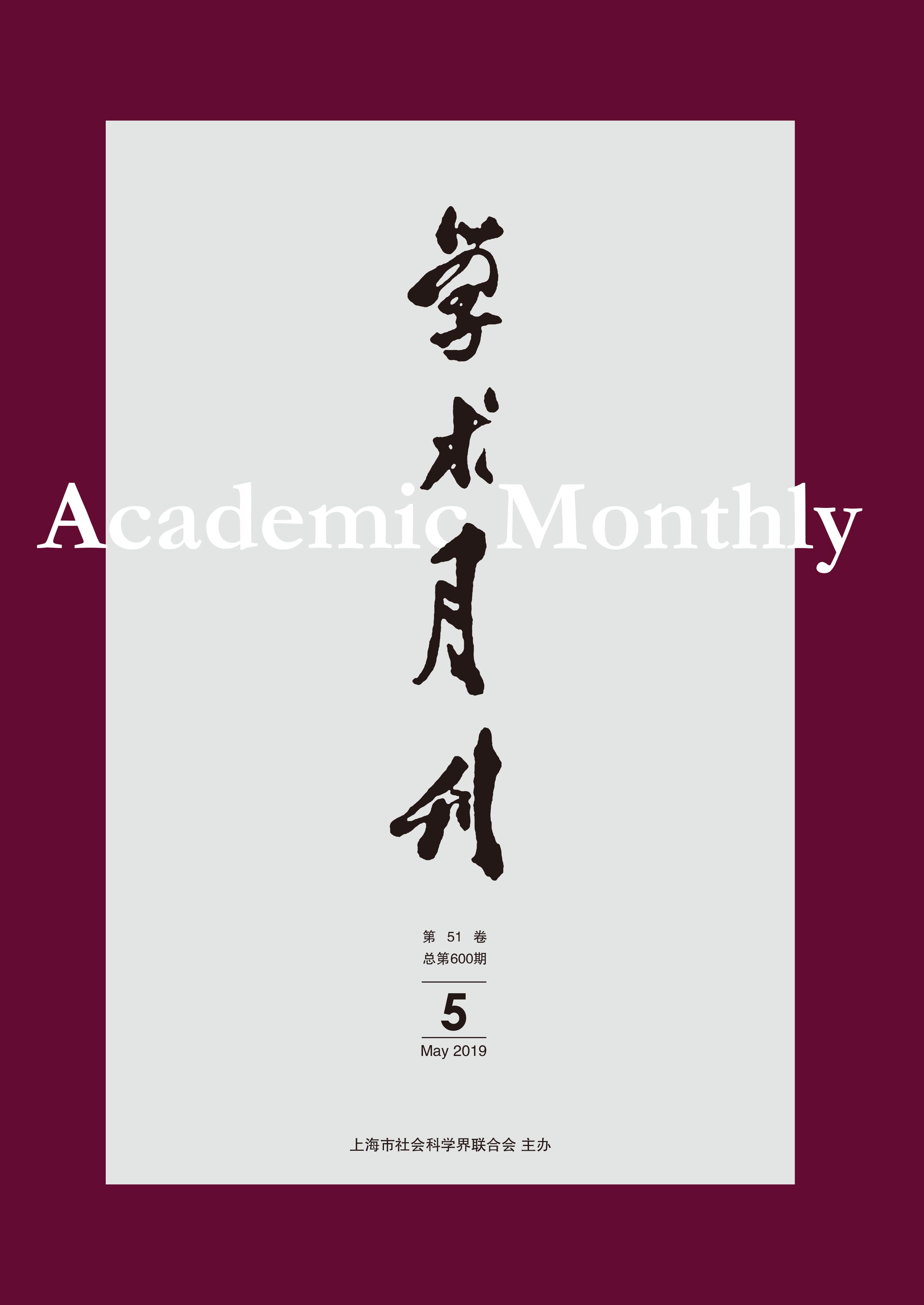Citation:
Xiaojun LIU. The Interpretation of Sacrifice and the Stylistic of Shuo[J]. Academic Monthly, 2019, 51(5): 112-124.

The Interpretation of Sacrifice and the Stylistic of Shuo
-
Abstract
The interpretation of sacrifice is a speech act which persuades the gods to satisfy the prayers’ demands in the way of argumentation, contributing to the fixed pattern and distinct stylistic attributes of its prayers with the specific situation, connotation and form. After the prayers wrote them down with articles, there generates the prayer stylistic of shuo (" 说”). Actually, the pre-Qin scholars and the prayers shared the same essence of argument with their speech acts of presenting affairs and the purposes of persuading others with incisive discourses. Therefore, the pre-Qin scholars gained their inspirations of methods and strategies, the ways of thinking and logic from the prayer stylistic of shuo, thus shaping the argumentative stylistic of shuo. In their debates, the pre-Qin scholars started with brief interpretation of their views, and then elaborated them in detail, thus forming the stylistic of jingshuo (" 经说”). In the late Zhou Dynasty, the scholars named their own doctrine with jingshuo and denounced others as xiaoshuo (" 小说”). After the Han Dynasty, bibliographers borrowed the term xiaoshuo to refer to all works that were not based on classics, hence, the traditional stylistic of xiaoshuo came into being.
-

-
References
-
Access
-
-
[1]
Chengzha CHEN
. The Evolution of the Concept of Chinese Novels in the Perspective of “New Zixue”. Academic Monthly,
2019, 51(5): 125-135.
-
[2]
Weidong ZHOU
. Expression at the Edge. Academic Monthly,
2018, 50(11): 129-140.
-
[3]
Jianhua CHEN
. Commodity, Family and Global Modernity. Academic Monthly,
2020, 52(7): 135-145.
-
[4]
Zhongliang QIN
. Re−examination of the Character Theory of Provincial in Hebei. Academic Monthly,
2019, 51(12): 159-168.
-
[5]
Jianping GAO
. A Reflection on the Theory of “Sedimentation” and a Reinterpretation of “New Sensuousness”. Academic Monthly,
2022, 54(3): 183-192.
-
[6]
Zhenfu WANG
. Primitive “Culture of Belief” and Anthropological Turn. Academic Monthly,
2022, 54(8): 129-142.
-
[7]
Zhongjun LIN
. On Yaobian Theories between Chinese Scholars and Korean Scholar Jeong Yakyong. Academic Monthly,
2018, 50(10): 30-38.
-
[8]
. . Academic Monthly,
2017, 49(09): 119-130.
-
[9]
. . Academic Monthly,
2016, 48(02): 5-22.
-
[10]
. . Academic Monthly,
2017, 49(04): 28-41.
-
[11]
GUO Liandong
. Global Translations for Genre Fictions —— Taking Crime Fictions, Web Fictions, and Science Fictions as Examples. Academic Monthly,
2023, 55(11): 160-168.
-
[12]
LIU Xiaojun
. On the Three Transformations of Chinese Classic Novel Comment in Modern Time. Academic Monthly,
2023, 55(12): 136-145.
-
[13]
Mingdong GU
. The Philosophical and Aesthetic Foundations of Chinese and Western Fiction. Academic Monthly,
2019, 51(11): 127-138.
-
[14]
Ling ZHAN
. The Transformation of Chinese Science Fiction from the Perspective of Enlightenment. Academic Monthly,
2019, 51(4): 128-138.
-
[15]
,
. . Academic Monthly,
2017, 49(07): 120-126.
-
[16]
Yujin WANG
, Fan TAN
. On the Evolution of Stylistic Concept of Chinese Novels. Academic Monthly,
2020, 52(5): 126-137, 184.
-
[17]
Yubing ZHAN
. Traditional Factors in Chinese Detective Stories in Late Qing and the Early Republic of China. Academic Monthly,
2021, 53(9): 168-176.
-
[18]
Lei ZHANG
. Great Tradition: A Dream in Red Mansions and the Novels in Late Qing and the Early Republic of China. Academic Monthly,
2019, 51(9): 133-142.
-
[19]
. . Academic Monthly,
2016, 48(03): 138-146.
-
[20]
Xiaojiang ZHU
. The Stylistic Features, Functions of Fictions and Their Relationship with May 4th Literary Reform. Academic Monthly,
2021, 53(3): 160-169.
-
-



 沪公网安备 31010102003103号
沪公网安备 31010102003103号 DownLoad:
DownLoad: